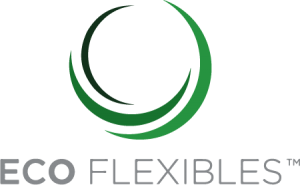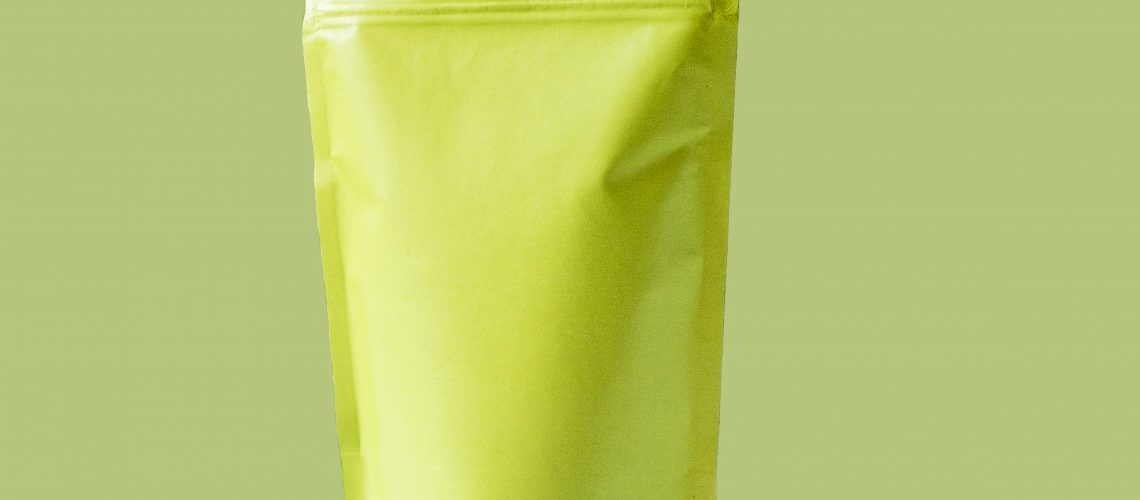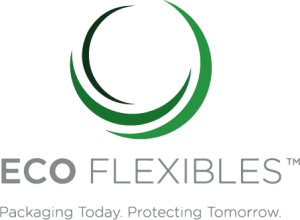While the retail market still struggles with demand volatility, the key to sustained commercial success lies in how effectively brands can hone their core messaging and meet the shifting needs of the buying public.
Responsible and ethical consumption are becoming more prevalent globally, and as a result, sustainability is now the top priority for brand owners.
The implications and impacts are clear – consumers are increasingly influenced by sustainability, and it plays a significant role in their purchase decisions and product preferences.
However, as we know, sustainability is not one singular thing; the contributing factors are manifold. It can include everything from traceability of raw materials, carbon footprinting, use of sustainable packaging and renewable energy to ethical practices, working conditions, and food miles on a local and global basis.
For an increasing number of shoppers, these elements are just as important as product quality. In the busy supermarket aisles, consumers are ultimately making purchase decisions factoring in which products reflect their values, and trust businesses that actively aim to reduce their holistic environmental impact.
As a result of this evolution, eco-friendly practices now have a more direct impact on a business’s profitability and bottom line. Going far beyond just a trend as many believed it to be just a decade ago; sustainability is a revolution, especially in the packaging sector. With innovation at the forefront, packaging offers perhaps the most immediate potential for retailers to boost their sustainability credentials and as the first physical touchpoint for consumers, it’s often the first opportunity for a brand to communicate its values.
The clear message is that businesses that are still seeing sustainability as an afterthought rather a critical business component risk being left behind. Today, sustainable packaging is no longer a ‘nice to have’, but a must-have in today’s market.
All retail brands, regardless of size or global footprint, have the same core issue to contend with – consumer trust is both harder to obtain and more crucial to maintain than ever before. Although the demand for sustainability is rising, the definition of sustainability is also evolving.
The curse of greenwashing
Concerted efforts are being made to bring clarity and meaning back to the term ‘sustainability’. Greenwashing, where sustainability is treated as just a marketing buzzword without creating any meaningful change, has undoubtedly harmed consumer trust.
However, consumers are now learning more about the environmental impact of their decisions and are savvy enough to question claims without context.
A brand may claim to be ethical and sustainable, but what is the evidence? What exactly is being measured, and what against? The answer can vary drastically from one brand to another, which makes it exceptionally hard for consumers to get an accurate picture.
Fortunately, significant progress is being made or a regulatory level. The UK Government Competition & Markets Authority (CMA) has released the Green Claims Code guidance document to combat the growing challenge of greenwashing. The guidance document aims to bring uniformity and meaning back to sustainability claims, with six key principles that all externally communicated claims must follow.
Designed to protect both consumers and businesses, the Green Claims Code signifies a new dynamic where sustainability is communicated with more consistent metrics, to help consumers and companies make better informed decisions while also compelling brands to make effective change.
Unpacking the role of packaging
When looking towards the future of retail, it is evident that the brands that will thrive are those that can establish consumer trust, especially those that can achieve this through clear, transparent and honest sustainability initiatives.
It is not surprising that when preparing for future business, packaging is one of the first areas of focus for sustainability investment. A crucial aspect of retail, packaging design is a primary area for supporting company-wide sustainability efforts. As a result, it often forms a cornerstone of ESG (Environmental & Social Governance) strategies.
Flexible packaging, which includes film-on-a-reel, pouches, lidding films, skin films and sachets amongst many other designs, is typically considered non-recyclable or at least, very challenging to recover. However, with the right material technology in place, this is no longer the case.
For pack performance, flexible packaging usually consists of multiple layers, each with a different function. By way of example, there could be an oxygen barrier layer to prolong the shelf life of sensitive products, a layer suitable for food contact, and a printable outer surface layer, all of which are composed of different materials that are not easily separated. Because these layers cannot be separated into individual materials, they become linear waste that cannot be recovered and reused as part of a circular economy.
Until recently, mixed-material plastics had an advantage over single-material plastics in terms of performance. However, with the introduction of monopolymer material technology, single-material plastics can now offer comparable performance while also reducing CO2 emissions.
So where do brands go next?
Making a sustainable transition from mixed plastics to monopolymer packaging may seem difficult, but at Eco Flexibles, we believe it can be made simple. Handling all aspects of design, testing and accreditation, we help businesses make the switch from non-recyclable plastics to sustainable monopolymer flexible packaging.
For years, packaging sustainability was seen as merely an additional expense for businesses. With the technology not fully honed, brand owners believed sustainability was a compromise – they could have ‘green’ packaging and circular plastic, but at the expense of performance, speed or quality. In today’s revolutionary packaging sector, that’s no longer the case; brands can have it all.
Growing commercial strength for monopolymer flexible packaging has powered a rise in demand for our recyclable packaging products, such as EcoLidd and EcoFlow Pouch. Our solutions stand out in the market as one of the most effective ways that a brand, be it in the food and drink, pet nutrition or FMCG sectors, can use packaging as a cornerstone of a brand-wide sustainability strategy.
At Eco Flexibles, we support brands in converting their existing packaging designs into more sustainable monopolymer alternatives that meet the needs of the modern consumer and help secure that all important consumer trust.
Aiming to shift the balance back in favour of the brand, we believe that the right supply chain expertise and technology makes all the difference. Our team is comprised of experienced packaging professionals that have walked in our customers’ shoes and know all the classic pressure points in packaging design.
Are you ready to explore the long-term benefits of switching your packaging line to advanced monopolymers? Get in touch with our team today to discover how we can help!


